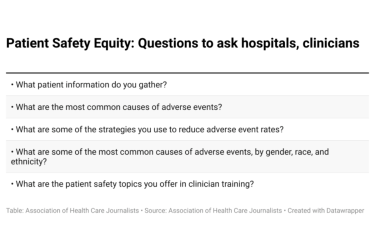
When I flew to Forth Worth, Texas, recently for AHCJ’s Rural Health Workshop, I should have read this first.
The Rural Assistance Center, a collaborative and federally-funded information portal on rural health and related services, offers a topic guide on the social determinants of health, specifically looking at social factors such as affordable transportation, access to food and the environment and their impact on people’s health.
The recently updated guide, “Social Determinants of Health for Rural People,” is a great primer for anyone starting to delve into how certain aspects of life for those living in less populated areas affect their well-being.
In it, researchers have pulled together data to offer a snapshot of the unique factors affecting health in rural areas. They give an overview of everything from race and culture to environmental hazards and unemployment. It also provides an overall comparison of key factors in rural health compared with that in urban areas.
“Often rural residents have fewer individual resources and, on average, are poorer and less educated … Additionally, many rural residents face barriers related to access to housing, transportation, and foods that are safe, healthy, and affordable. These barriers can impact all residents, though they are particularly problematic for those already struggling financially,” the guide said.
The guide also pulls together charts, data and additional information sources, as well as examples and details on some available programs. While not a definitive guide to disparities in rural health, and far from a deep dive on any one topic, it’s a good launching point for those new to the beat or for reporters in rural areas looking to write more specifically on health care issues.
Looking for a story idea? Skimming through the guide might jog some ideas on a topic buried deep in your memory bank – how about a look at air quality? Home visitation programs? Mental health services?
Funded by the U.S. Department of Health and Human Services, the center is run by the Center for Rural Health at the University of North Dakota’s School of Medicine and Health Sciences, and the Rural Policy Research Institute, a multistate interdisciplinary research consortium.
I learned a lot at #rural15. But this would have been a good start.









